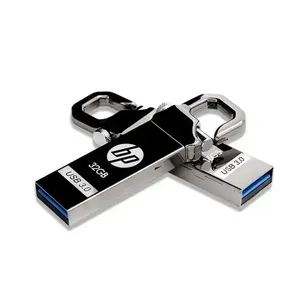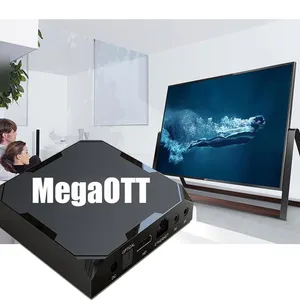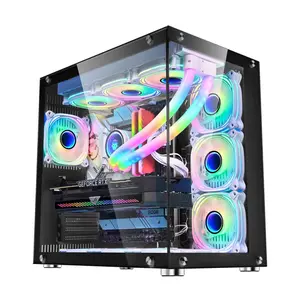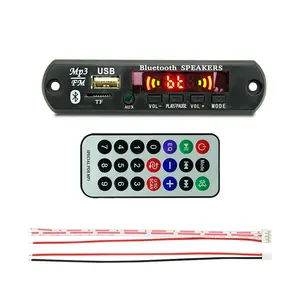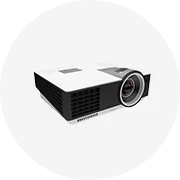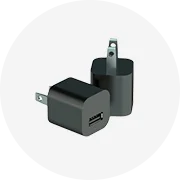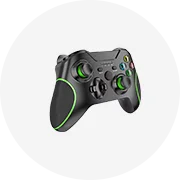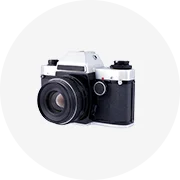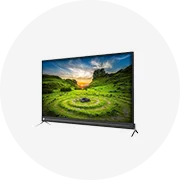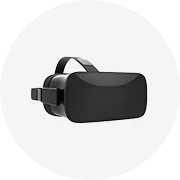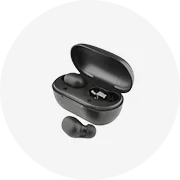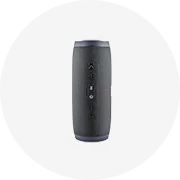الرائج في مجال عملك


































أعلى الفئات
حول غرفة ساونا بالأشعة تحت الحمراء
يستمتع الكثير من الناس بارتداء الساعة وهذه. تقدم غرفة ساونا بالأشعة تحت الحمراء الترقية المثالية لساعة اليد التقليدية. متوفرة بأسعار رخيصة في Alibaba.com ، هذه. لا تبدو غرفة ساونا بالأشعة تحت الحمراء جيدة فحسب ، بل تأتي مع مجموعة كبيرة من الفوائد أيضًا. إنها مواكبة للموضة وتقدم شيئًا مختلفًا عن الساعة العادية أو الهاتف الذكي.
إحدى الفوائد العظيمة لهذه الساعات. غرفة ساونا بالأشعة تحت الحمراء هي أنها تتيح للمستخدم العثور على المفاتيح أو الهواتف أو الأجهزة الأخرى المفقودة. يمكنك توصيل الهواتف الذكية بهذه المنتجات على Alibaba.com والاتصال بالسوار متى شئت. تأتي العديد من هذه المنتجات مع تتبع اللياقة كأحد صفاتها الرئيسية. هذه تساعد أولئك الذين لديهم أهداف لياقة على متابعة التمارين والخطوات. يمكنهم عد أشياء مثل معدل ضربات القلب والسعرات الحرارية والنوم ومعدل النبض.
ارتداء هذه الأشياء. قد تعني غرفة ساونا بالأشعة تحت الحمراء الموجودة على المعصم أن الهاتف الذكي لم يعد مطلوبًا في جميع الأوقات. قم بالرد على الرسائل والرد على المكالمات الهاتفية أثناء التنقل وهو أمر مفيد بشكل خاص أثناء التمرين. تحقق من حسابات الوسائط الاجتماعية أيضًا مع روابط إلى Facebook و Twitter و Snapchat. حتى أثناء القيام بأنشطة مثل الجري وركوب الدراجات والسباحة ، يمكن ارتداء هذه المنتجات بطريقة لا يمكن استخدام الهاتف فيها.
هناك الكثير منها. خيارات غرفة ساونا بالأشعة تحت الحمراء هنا على Alibaba.com لتناسب مجموعة كبيرة من الميزانيات. تأتي المنتجات من مختلف الموردين والمصنعين في جميع أنحاء العالم الذين يقدمون سلعًا عالية الجودة. ابق على اتصال مع الأساور الذكية وتسوق عبر الإنترنت اليوم.
